Guiding Lights: Empowering Children with Life’s Big Lessons Through Books

In a world brimming with adventure at every corner, teaching our little ones the essence of safety can often be as challenging as catching clouds! Yet, it’s an undeniable truth that today’s tiny explorers will shape tomorrow’s future, making it crucial to embed the seeds of caution early on. Here’s where safety books for preschoolers gallantly bridge the gap! These colorful pages are not just stories but survival guides tailored for tiny hands and bubbling minds, turning the daunting task of understanding safety rules into an engaging journey of playful vigilance. Imagine transforming ‘dos and don’ts’ into ‘why nots and what ifs,’ fostering a safe space where curiosity meets awareness head-on. Dive into our treasure trove of children’s books about safety, where each narrative is a golden key unlocking realms of knowledge, empowering your little knights and princesses in their daily quests. Because in the kingdom of childhood, safety isn’t just a lesson—it’s the magic spell that lets the adventure go on!
Whispers in the Forest: A Lyrical Guide to Nurturing Safety and Understanding Danger
In the tapestry of childhood, where every thread vibrates with boundless curiosity and vibrant discovery, explaining concepts like danger and safety requires a gentle, almost poetic touch. It’s not about instilling fear but about nurturing wisdom, painting pictures with words that resonate with children’s innate sense of wonder and caution.
Imagine, if you will, a forest where the trees whisper secrets. In this forest, there are patches of sunlight—warm, golden, and inviting—symbolizing safety. It’s a magical embrace, a place where laughter rings clear, and every footstep is cushioned by trust. But amidst these sunbeams, there are shadows, slightly chilly, a little mysterious—these are the unknowns, the ‘dangers’ that every little adventurer should recognize and learn about.
Teaching safety, then, becomes an act of storytelling. It’s guiding your kid through this forest, teaching them to bask in the sunlight but also to understand the shadows. It’s about crafting tales where characters exercise judgment, not just bravery, where they listen to the whispers of the wise old trees, learning to pause, assess, and make decisions. These narratives mold ‘safety’—not as restrictions—but as invisible shields of love and care, allowing children to venture a step further with confidence.
In this lyrical dance, children don’t memorize rules; they learn to listen to the symphony of the world, recognizing the harmonious notes of safety and the discordant tones of danger. Through immersive stories and empathetic characters, we don’t just teach kids safety. We empower them to weave their own paths in the forest, to differentiate between the sunlit clearings and the uncertain shadows, and to cherish the enchanting quest of life with responsibility, courage, and joy.
Empowering Young Minds: Navigating Body Autonomy with Essential Reads for Kids
Navigating the world of body autonomy with your little ones can feel like walking through a maze; you want to lead them to understanding without robbing them of their innocence. Body Safety Books for Kids are lighthouses in this fog, offering narratives that discuss boundaries, consent, and respect in ways that are digestible, empowering, and gentle for young minds.
“Your Body Belongs to You” by Cornelia Spelman is a staple in this category, providing a straightforward yet tender approach to the idea of body autonomy. Through simple language and relatable scenarios, it empowers little ones to understand that their bodies are their own, giving them the confidence to assert themselves in situations where they feel uncomfortable.

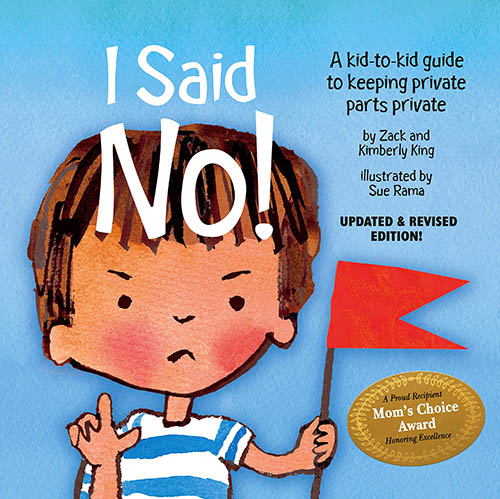
Meanwhile, “I Said No!” by siblings Zack and Kimberly King is a kid-friendly journey through the land of body boundaries. Written from a kid’s perspective, it offers a step-by-step guide to what’s okay and what’s not, helping kids understand their rights when it comes to their bodies—perfect for establishing the fundamentals of consent early on.
And no library would be complete without “Some Secrets Should Never Be Kept” by Jayneen Sanders. This beautifully illustrated book sensitively broaches the subject of protecting one’s body and the importance of speaking out against inappropriate touch. It helps kids differentiate between good and bad secrets, ensuring they recognize when to seek help from a trusted adult.
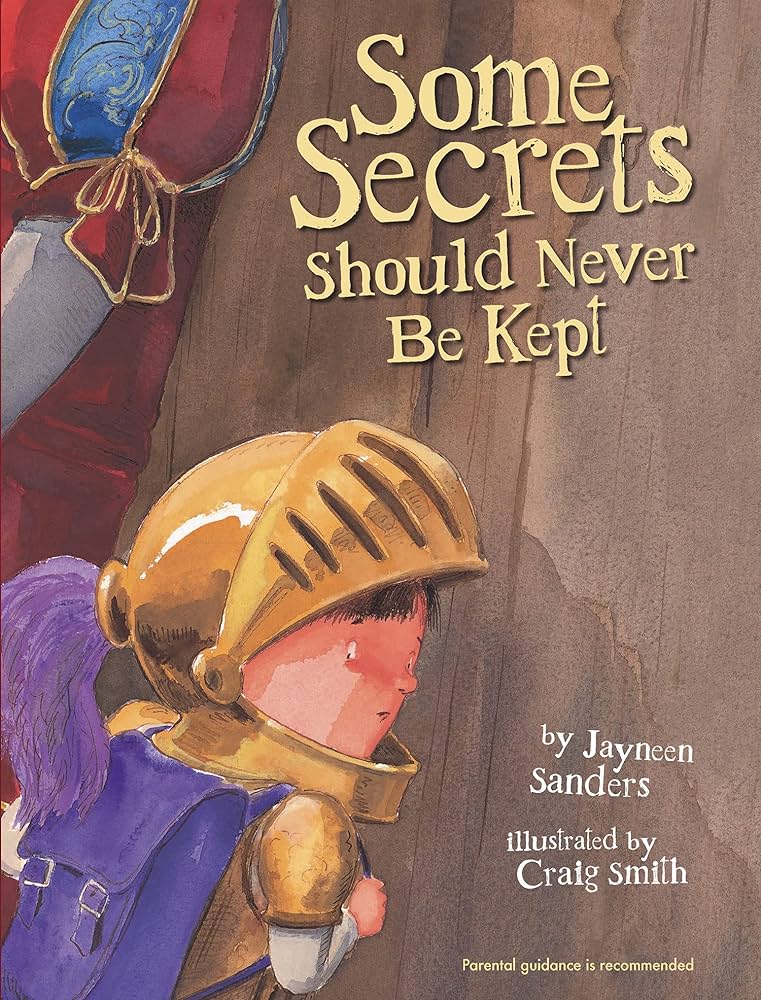
Each of these books paves the way for crucial conversations between you and your kids, fostering a safe environment for them to voice their thoughts, questions, and concerns. With the right resources, guiding your kid toward understanding their right to body safety becomes a shared journey of trust, love, and empowerment.
Guiding Lights: Exploring Sex Education and Awareness of Sexual Abuse
Navigating the delicate topics of sex education and sexual abuse with children is a task that often leaves many parents at a crossroads, seeking the balance between informing their young ones and preserving their sense of security. Within this sensitive space, a specific category of children’s books plays a crucial role. These carefully penned narratives are crafted to enlighten without intimidation, addressing bodily changes, the nature of consent, and how to identify and respond to abusive behavior in a manner that’s comprehensible and reassuring for kids.
“Amazing You!: Getting Smart About Your Private Parts” by Gail Saltz is renowned for breaking down the barriers of sexual education, embarking on an exploration of human anatomy that is age-appropriate and honest. This invaluable resource paves the way for open dialogue, helping children feel comfortable in their skin and informed about their bodies.


Robie H. Harris’s “It’s Perfectly Normal: Changing Bodies, Growing Up, Sex, and Sexual Health” is another beacon of clarity, offering a transparent and reassuring approach to the whirlwind of puberty. The book, celebrated for its inclusive and comprehensive content, makes for an essential guide through the often turbulent journey of growing up.
Lastly, “Please Tell!: A Child’s Story About Sexual Abuse” by Jessie Ottenweller is written from a young survivor’s perspective. It’s a poignant narrative that encourages children to recognize and speak out against sexual abuse, emphasizing that they are not alone and that disclosing such experiences to a trusted adult is a step towards healing.
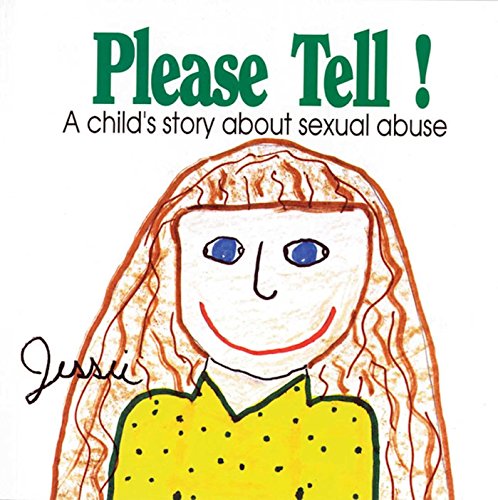
These books, while tackling complex subjects, serve as bridges of understanding, helping children grasp that their experiences and emotions are valid, and most importantly, that there’s always a pathway to help and healing.
Healing Pages
In the quiet spaces of a child’s life, the shadow of loss can loom large, often taking form before they have the words to articulate their grief. The category of death and bereavement books for kids is a tender, compassionate response to this harsh reality. These narratives, with their gentle prose and thoughtful illustrations, act as both a window and a mirror, reflecting a child’s personal experience with loss while revealing the universal path of mourning and healing that connects us all.
“The Heart and the Bottle” by Oliver Jeffers is a touching portrayal of loss and recovery. Through its insightful illustrations, the book follows a girl who, in an attempt to avoid the pain of loss, places her heart in a bottle for safekeeping. Jeffers delicately explores the process of confronting emotions and the courage needed to let go and feel again, offering comfort and resolution to young readers.
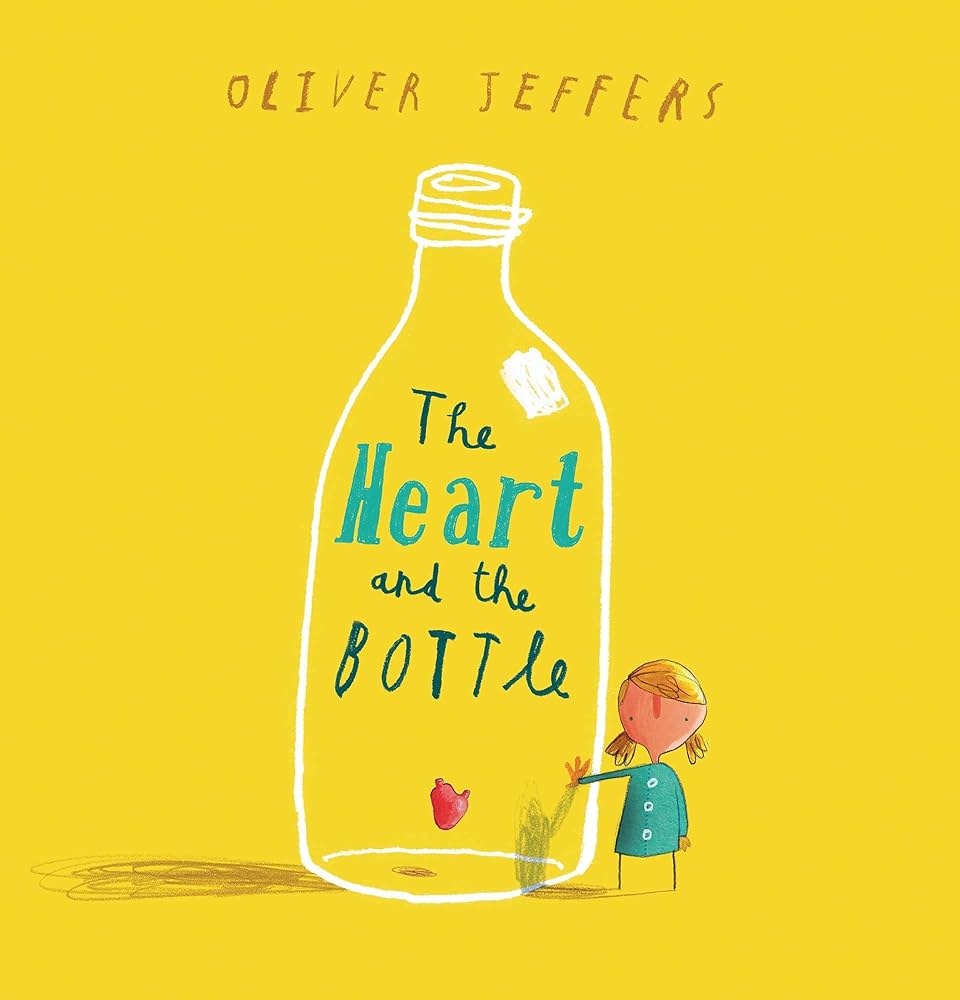
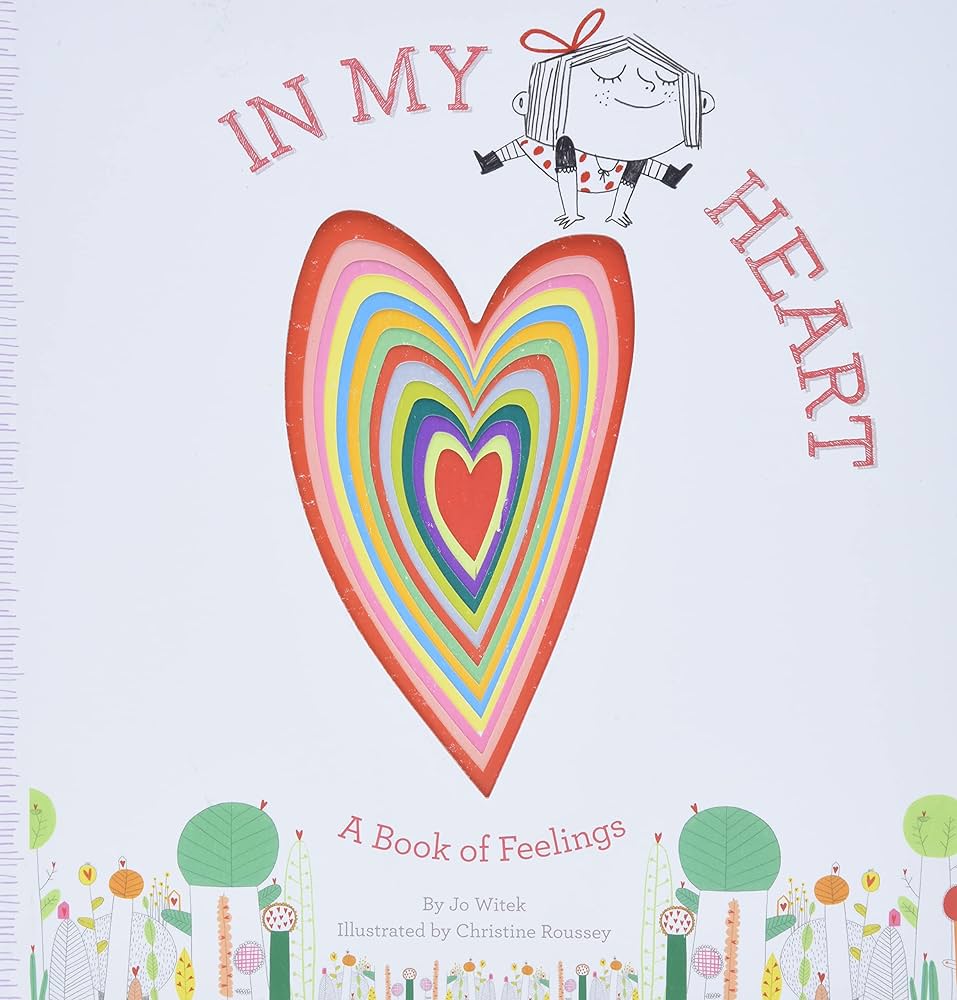
“In the Heart: A book about death and new life” by Jo Witek, with its tender narrative, helps children navigate through the emotional complexity of losing a loved one. It reassures them that it’s normal to feel a spectrum of emotions and that remembering the deceased is part of the healing journey.
Then, there’s “The Invisible String” by Patrice Karst, a comforting story that addresses the pain of separation and the invisible connections that bind us to those we love, whether they’re far away or have passed on. Through a simple heartwarming narrative, it teaches children that love is a timeless bond that transcends physical presence.
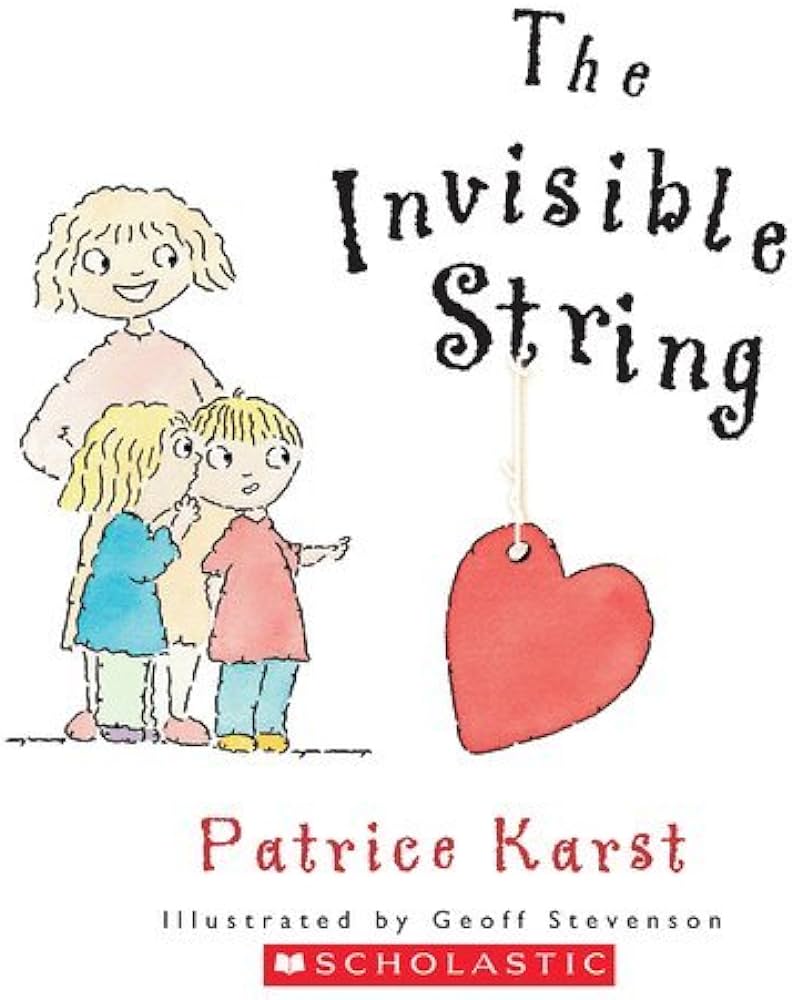
While each story unfolds differently, they all tread with care, honoring the emotional journey children undertake during such times. These books become gentle guides, offering a beacon of hope in the resilience of the human spirit, even in the smallest of us.
Navigating the Seas of Emotion
In the kaleidoscopic world of childhood, mental health often remains an uncharted territory, a silent contour that shapes their young minds and emotions. Addressing this, a special category of children’s literature emerges, focusing on mental health. These books are crafted with empathy, care, and understanding, aiming to elucidate the nebulous realms of the mind. They serve as gentle introductions to feelings, encouraging children to recognize, embrace, and manage their emotions and mental well-being.
One such treasure is “The Color Monster: A Story About Emotions” by Anna Llenas. This book introduces the concept of emotions through color, as it follows a monster’s journey to understand his mixed-up feelings. Each color represents a different emotion, making the abstract nature of feelings tangible for children. The story provides a foundation for them to identify and discuss their emotional experiences, promoting emotional literacy from a young age.
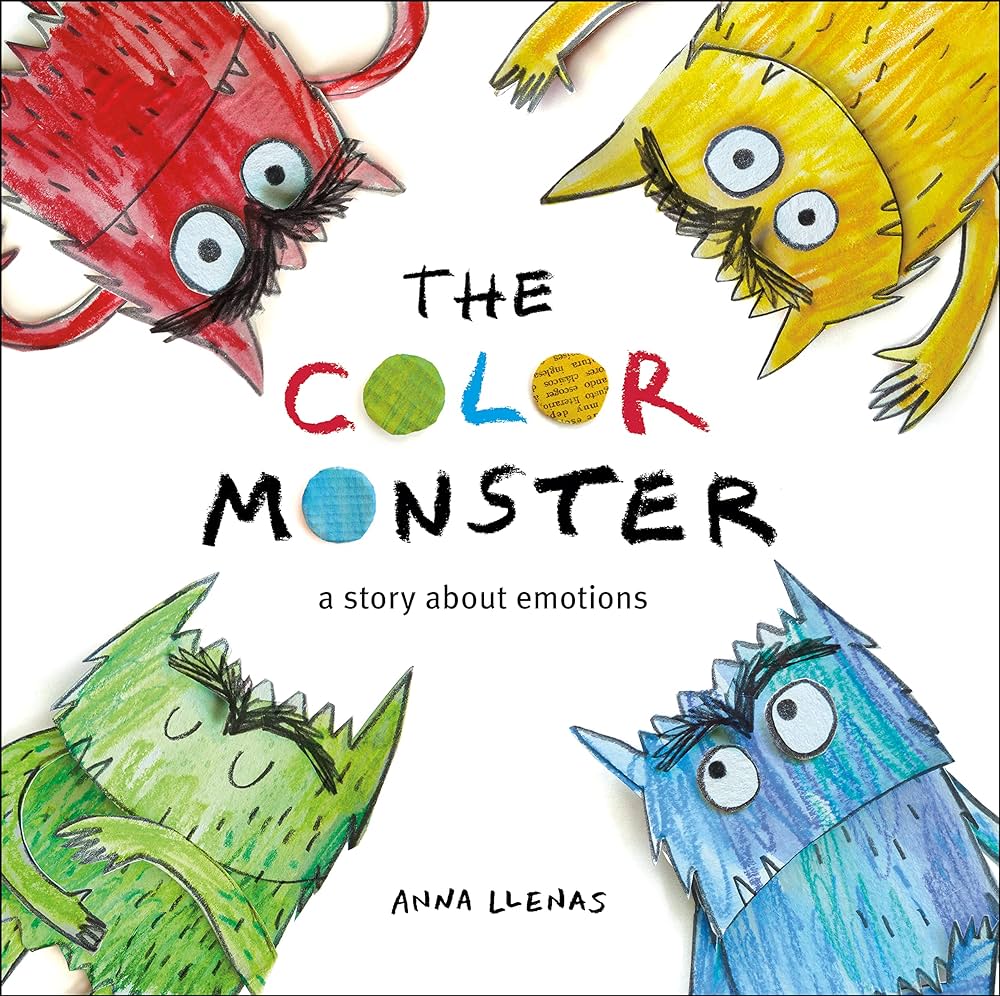
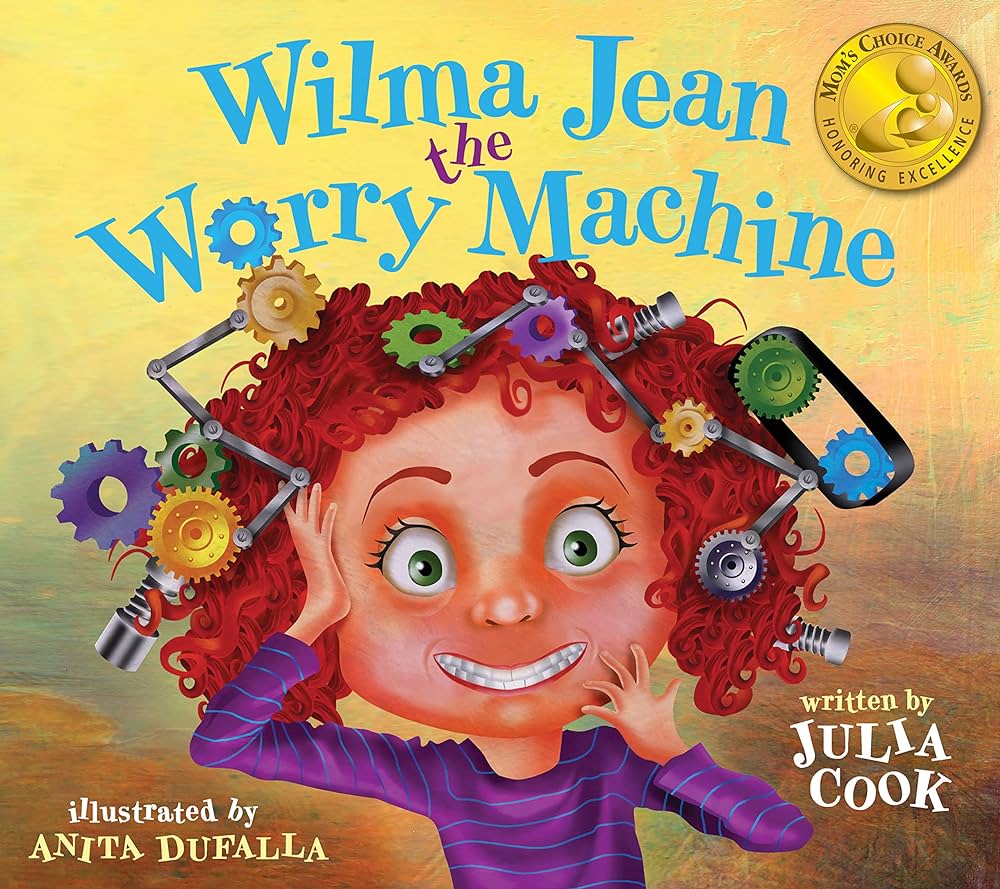
“Wilma Jean the Worry Machine” by Julia Cook specifically addresses anxiety, a common but often misunderstood emotion in children. Through Wilma Jean’s experiences, kids learn that anxiety is natural and that techniques for coping with worry exist. This understanding is crucial in fostering a healthy mental environment where children feel in control.
Another standout narrative is “A Terrible Thing Happened” by Margaret M. Holmes. This book tactfully addresses traumatic experiences and the array of emotions, from anger to fear, that can follow. By following Sherman’s story, children learn they are not alone in dealing with these feelings and are encouraged to seek help and express their emotions.
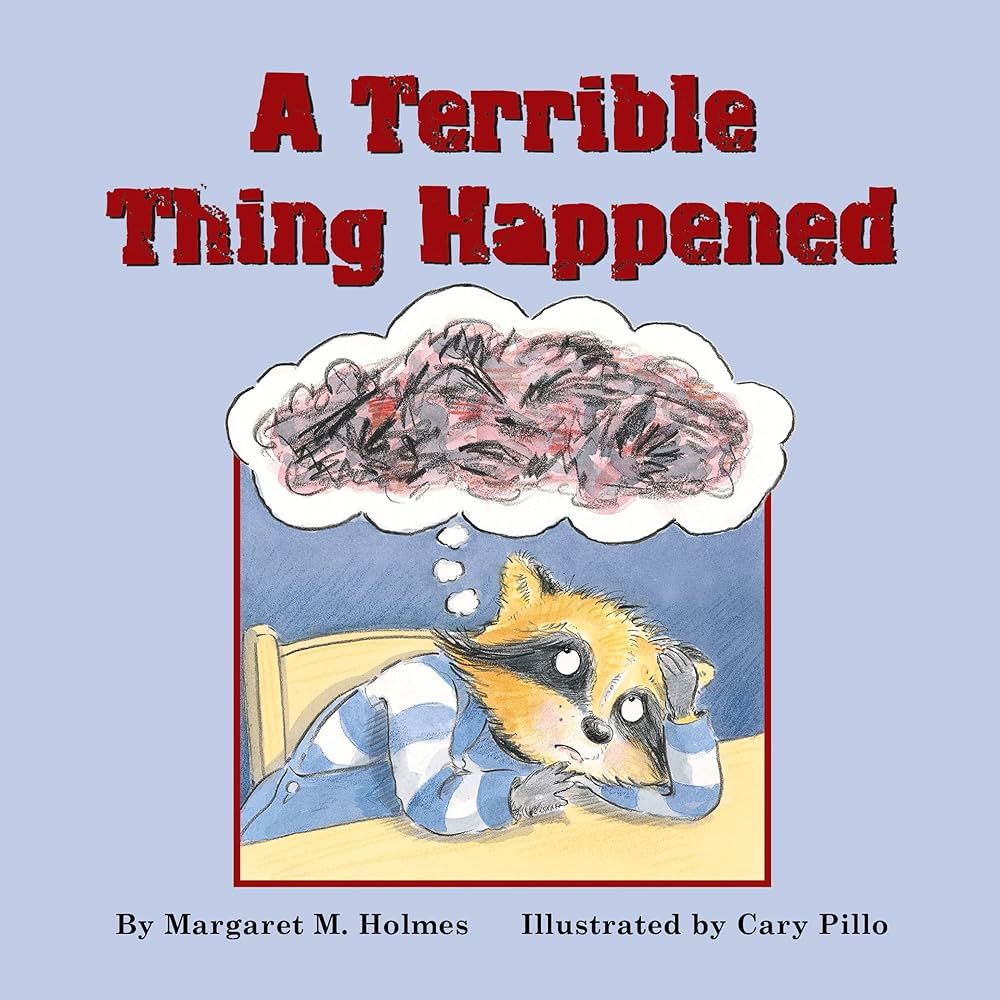
These books, while gentle and accessible, are profound in their impact, giving children the language to articulate their mental states and the assurance that they are understood and supported.
Safe Boundaries, Brave Explorers: Empowering Kids with Stranger Awareness
In the vibrant tapestry of a child’s world, where curiosity often knows no bounds, understanding the nuanced concept of stranger danger can be a delicate but necessary lesson. The category of books addressing the danger of aliens/strangers equips children with the discernment required in potentially precarious situations, all without overshadowing their perception of the world as a generally safe and exciting place. These books are designed to foster awareness and preventative strategies, enveloping serious advice in engaging, child-friendly narratives.
One notable mention is “Once Upon a Dragon: Stranger Safety for Kids (and Dragons)” by Jean E. Pendziwol. This whimsical tale, with dragons and a wise protagonist, subtly imparts the importance of being cautious around strangers. The narrative cleverly intertwines elements of fairy-tale adventures with critical safety tips, making it a resource that captivates young minds while educating them about personal safety.


“Stranger Danger – How to Talk to Kids About Strangers” by Kristi Porter is another essential resource that offers direct, clear, and effective advice on discussing stranger awareness with children. This book is not just a read for children but also a guide for parents and educators on how to approach this sensitive topic effectively and confidently.
“Not Everyone Is Nice: Helping Children Learn Caution with Strangers” by Frederick Alimonti and Ann Tedesco specifically focuses on the potential dangers strangers might pose and the importance of alerting a trusted adult when feeling unsafe. The story, centered around a young child’s encounter with a stranger, carefully navigates this heavy topic, providing practical strategies for children to protect themselves in similar scenarios.

These narratives, while preserving the innocence and openness of childhood, help to erect necessary boundaries of caution. They empower kids with knowledge, so they confidently navigate public spaces, distinguishing between safe and harmful interactions.
Weathering the Storm
In the realm of childhood, where family forms the first universe, the seismic shift brought on by divorce or separation can often leave young minds grappling with upheaval and confusion. Books specifically addressing divorce or separation have hence emerged as a compassionate buffer, helping children navigate these changes. These narratives are crafted with sensitivity, ensuring the content is relatable, age-appropriate, and, importantly, reassuring—affirming that the child is loved and supported regardless of familial transformations.
“Two Homes” by Claire Masurel is one such comforting beacon, illuminating a path of acceptance and adaptability. Through the story of Alex, a young child from a separated family, the book delicately affirms the consistency of love and care from both parents, albeit in different homes. It’s a warm, reassuring embrace for children embarking on this tough transition, affirming that their feelings are acknowledged and valid.

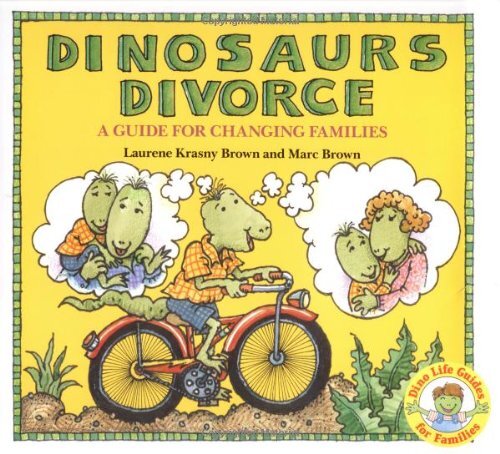
“Dinosaurs Divorce” by Laurene Krasny Brown and Marc Brown ventures into this delicate territory with the help of relatable dinosaur characters experiencing their parents’ divorce. With careful explanations of complex terms like “divorce,” “custody,” and “visitation,” the book eases the confusion surrounding separation, providing a framework for understanding and coping with the changes.
“Was It the Chocolate Pudding? A Story for Little Kids About Divorce” by Sandra Levins and Bryan Langdo offers a candid exploration of the misconceptions kids often harbor about divorce. Narrated from a young boy’s perspective, it tackles feelings of guilt and confusion head-on, culminating in the powerful realization that parental separation is never the child’s fault.
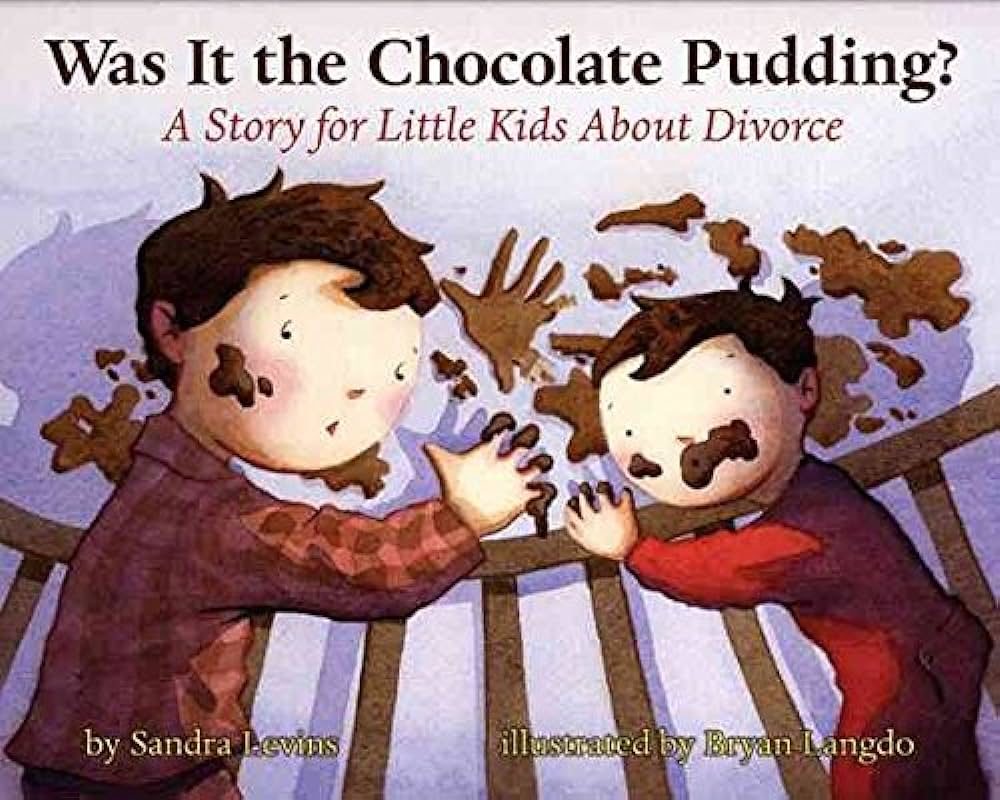
These books are more than just stories; they are companions for children facing familial changes, ensuring they don’t feel alone in their journey. They serve to comfort, validate, and explain, ultimately promoting healing and understanding.
Tales of Resilience: Illuminating Emotional Pathways
In the tender landscape of a kid’s heart and mind, trauma, violence, or anxiety can erect steep cliffs of emotion and confusion. The category of children’s books that delve into these topics acts as a gently winding path through difficult terrain, offering understanding, strategies for coping, and, most importantly, the reassurance of not being alone. These books, written with deep empathy and awareness, handle complex psychological experiences with care, allowing children to process, reflect, and find solace in the pages.
“Something Bad Happened: A Kid’s Guide to Coping with Events in the News” by Dawn Huebner, Ph.D., takes a slightly different approach, addressing the anxiety stemming from world events. Whether it’s natural disasters, violence, or any large-scale incident that a child finds disturbing, this book helps unpack their fears and offers practical strategies for managing anxiety.
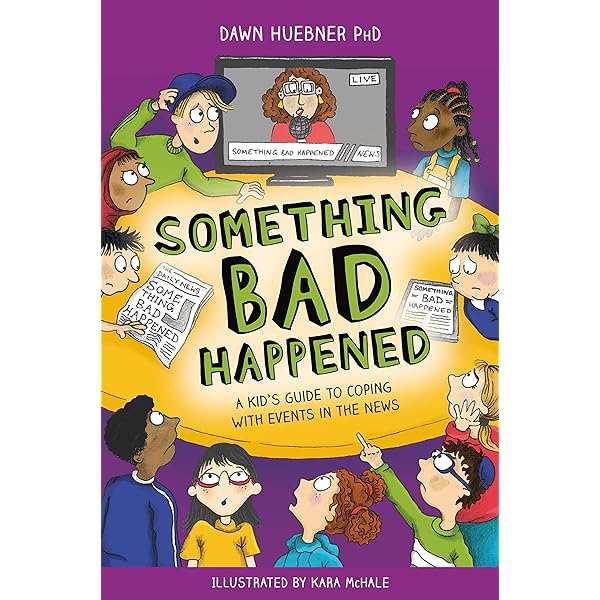

Then there is “Don’t Feed The WorryBug” by Andi Green, a captivating story that visualizes anxiety as a creature that grows larger with every worry it’s fed. It’s an engaging way for children to understand how their anxiety works and how to control it, offering them agency in their emotional world.
By weaving psychological insights into relatable narratives, these books serve as both mirrors reflecting children’s internal struggles and windows into ways they can heal and manage their emotions. These are not just tales but tools of resilience and recovery.
Blazing a Trail of Safety: Fire Awareness and Preparedness
In the spectrum of childhood education, fire safety emerges as a crucial topic, blending knowledge with life-saving practical instructions. The category of fire safety books for kids is dedicated to instilling precautionary habits, awareness of potential hazards, and clear action steps in emergency scenarios. These books are characterized by their engaging, often interactive approach, making a serious subject more accessible and less intimidating for young readers.
“No Dragons for Tea: Fire Safety for Kids (and Dragons)” by Jean E. Pendziwol incorporates fantasy into reality, making learning about fire safety an adventurous yet educational experience. In this story, a tea party takes a dangerous turn when a dragon’s sneeze sets a fire, leading to practical lessons on how to react quickly and sensibly during a fire emergency, all presented through an enjoyable narrative.
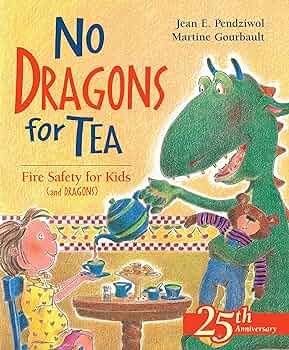

“Stop Drop and Roll: A Book About Fire Safety” by Margery Cuyler emphasizes actions children need to take if they encounter fire. The book, through its lively characters and memorable rhymes, ingrains the titular safety technique, making sure kids understand not just the “how” but also the “why” behind these critical steps.
“Fireboy to the Rescue!: A Fire Safety Book” by Edward Miller takes a comprehensive approach, covering various aspects of fire safety from smoke detectors, fire drills, to the role of firefighters. With its colorful pages and easy-to-understand language, it demystifies the scary aspects of fire emergencies, empowering kids with knowledge and confidence.
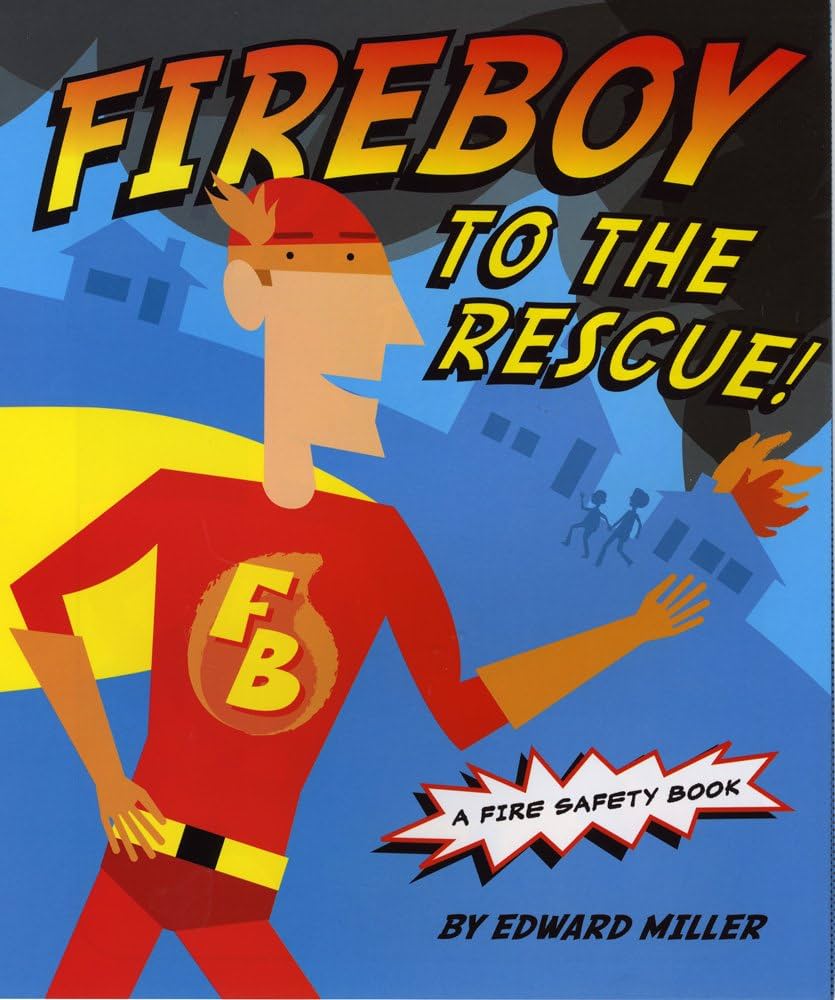
These books, while imparting vital safety knowledge, are careful to present information in a non-frightening manner. Through stories, children learn to associate positive outcomes with calm, quick responses in situations involving fire, fostering a sense of preparedness rather than fear.
Learning With Pastory
As we draw this exploration to a close, it becomes clear that the journey of nurturing safety, awareness, and emotional health in children is a multifaceted endeavor. Each book, a drop in the vast ocean of children’s literature, ripples out to teach invaluable life lessons, from the importance of personal boundaries to the intricacies of handling emotions during tumultuous times. However, in our digital age, the challenge remains: how do we seamlessly integrate these vital lessons into the daily routines of tech-savvy children, ensuring consistent, engaging, and beneficial interactions?
Enter Pastory, a revolutionary app that stands at the crossroads of technology and educational enrichment. Understanding the ubiquity of platforms like YouTube in children’s lives, Pastory harnesses AI to curate a feed that transforms screen time into an enriching learning experience. It customizes content based on the individual child’s traits and the educational goals set by parents, covering a range of topics including those discussed in this paper.
But Pastory goes beyond screen-based learning; it understands the importance of real-world application. By suggesting collaborative offline activities, it ensures that lessons on safety, emotional intelligence, mental health, and more, are not just passively consumed but actively practiced. These activities, arising from day-to-day content, act as living threads that weave online education and offline reality into a coherent, impactful tapestry of learning.
In conclusion, whether through the enduring charm of books or the interactive allure of digital platforms like Pastory, educating our kids about these crucial aspects of life demands creativity, consistency, and a deep sense of care. It’s about forming a supportive, informative network around them, with every story read or video watched serving as a building block for a well-rounded, resilient individual. In the synergy of traditional and digital education, we find a promising path forward, guiding the next generation safely and confidently into the future.
